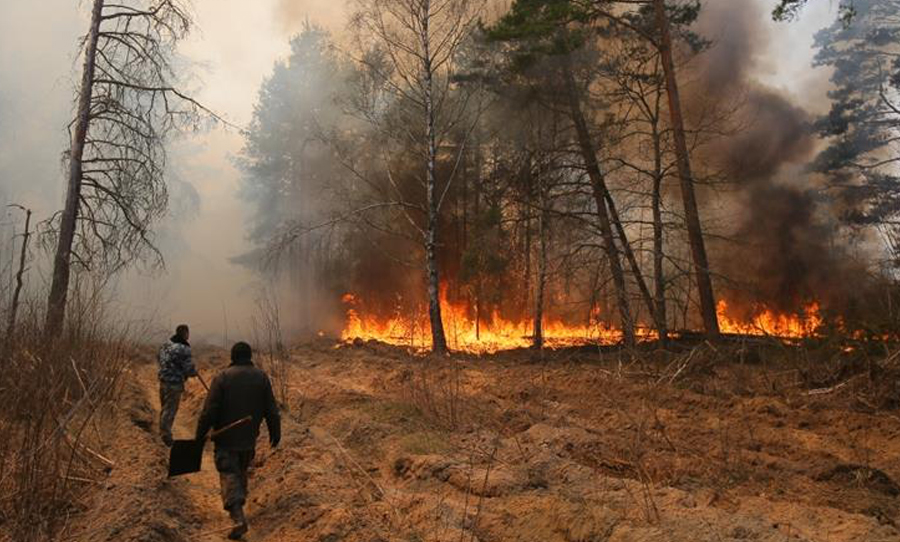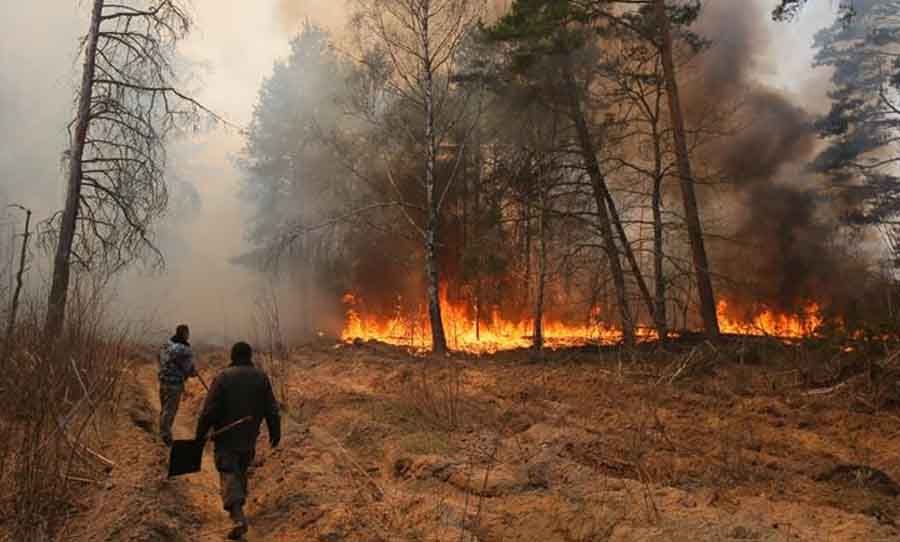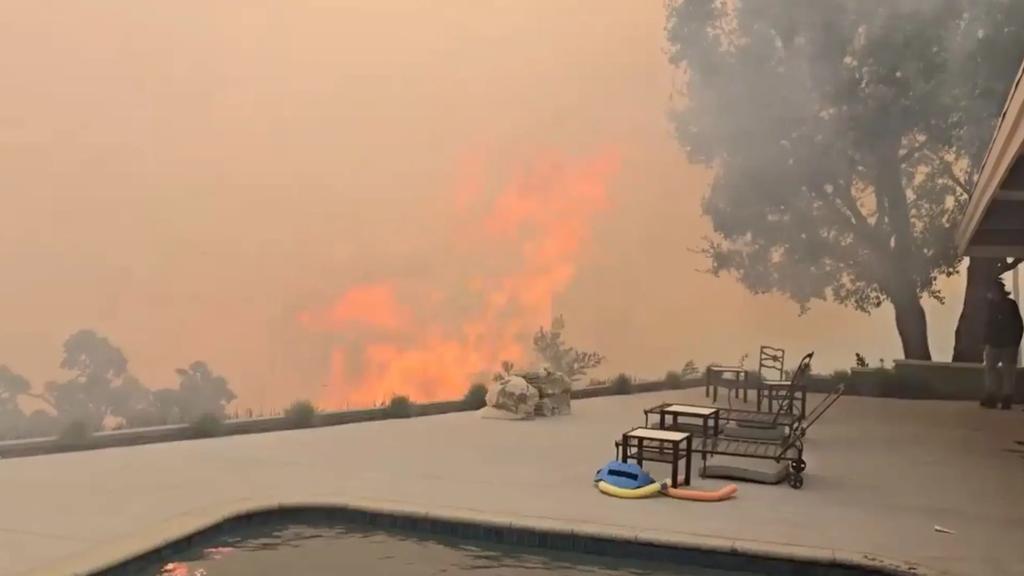For the last 11 days, fires have been burning close to the defunct Chernobyl Nuclear Power Plant in Ukraine. One fire reached Pripyat, a ghost city that was built in 1970 to serve the nuclear plant. At its closest, the fire was 2km from the power plant.
Blazes in the area aren’t uncommon. Ukrainians are known to set dry grass on fire in the warmer months, which can often lead to destructive forest fires.

Fires burning near the Chernobyl Nuclear Power Plant have caused a dangerous spike in radiation levels, but authorities say they are under control.
With the help of rain, firefighters have slowed the spread of fire towards the plant and the military facilities nearby. Yet they will still need a few more days to fully extinguish it, President Volodymyr Zelensiky’s office has said.
Despite there still remaining some smouldering parts of the forest floor, Emergency services have said there is now no open fire burning.
The fires were thought to be started deliberately. Local police spoke to a 27-year old last week who admitted he initiated the blaze “for fun.” They suspect that wind had caught on burned grass after the man failed to extinguish it.
Forest fires are raging in the Chernobyl exclusion zone as authorities warned radiation in the epicenter of the fire exceeds the normal levels pic.twitter.com/pqeFFMGUdu
— Reuters (@Reuters) April 12, 2020
On Monday, police reported that another local had been burning waste and accidentally set dry grass on fire. The flames spread towards the trees and weren’t reported to authorities.
Environmental activists observed a hazardous spike in radiation levels as the fire approached the Chernobyl Exclusion Zone. The 2,600-square-kilometre zone is mostly unpopulated, although some residents remain despite instructions to leave.
The power plant and nearby towns have been abandoned since 1986, after the explosion of a reactor sent radioactive fallout over Europe. Residents aren’t permitted to live within 30 kilometres of the power station.
Aside from health and safety concerns, destruction of the nuclear plant could also result in an economic disaster. Chernobyl depends on tourist revenue, which grew in 2019 after the release of a popular mini-series on HBO. In 2019, the site saw upwards of 100,000 visitors.
Next Up: During the pandemic, Icelandic forest rangers recommend hugging trees instead of humans



